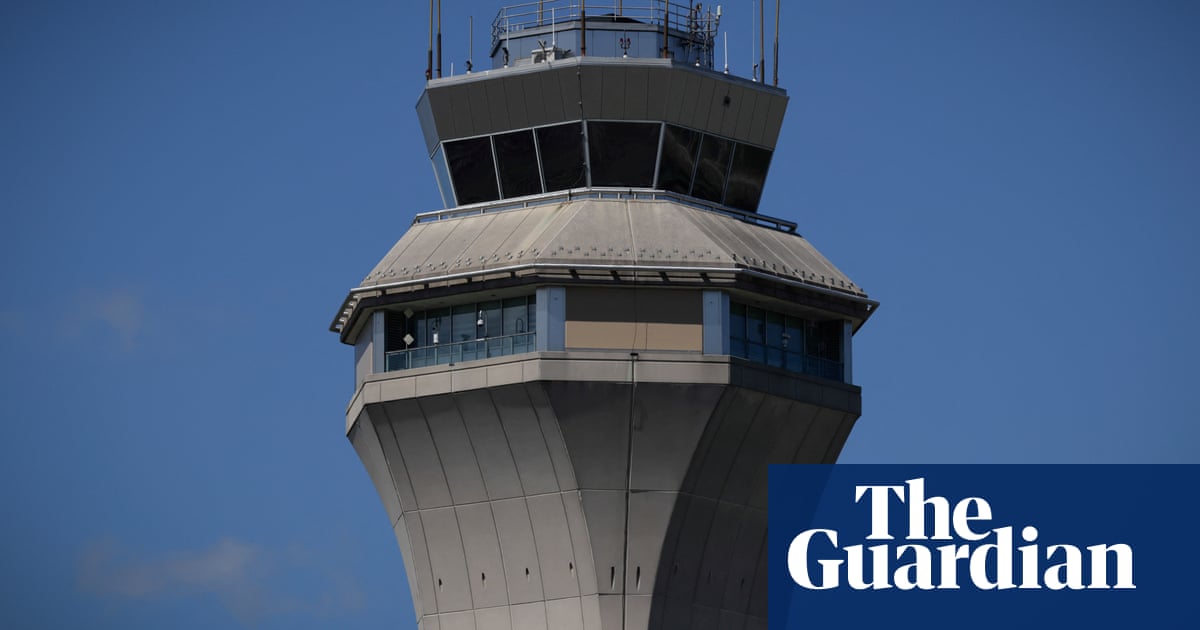Communication Breakdown: The Crisis in Air Traffic Control at Newark Liberty Airport
Recent Outages Raise Concerns
Twice in the past two weeks, Newark Liberty International Airport, one of the United States’ busiest hubs, experienced critical communications failures between air traffic controllers and pilots. These outages lasted approximately 90 seconds each, leading to significant flight delays and cancellations. Fortunately, there were no catastrophic incidents; however, the potential for disaster looms large, prompting widespread concern about the ongoing safety challenges faced by U.S. airports, which collectively manage over 50,000 flights per day.
The Human Cost of Operational Failures
The repercussions of these communication breakdowns have taken a toll on both air traffic controllers and frustrated passengers. In the aftermath of the April 28 incident, numerous controllers reported feeling traumatized. Stress levels skyrocketed, forcing some to take "trauma leave," further exacerbating understaffing at an already strained airport. Thousands of travelers suffered through extended waits, with hundreds of flights disrupted.
Political Backlash and Calls for Reform
Political leaders wasted no time in condemning the state of the air traffic control system. Senator Charles Schumer voiced his frustration, labeling the Federal Aviation Administration (FAA) as “really a mess.” New Jersey’s Governor, Phil Murphy, emphasized decades of underinvestment, criticizing delays in modernizing technology and insufficient staffing of air traffic controllers. Alarmingly, a report from the Department of Transportation’s inspector general revealed that staffing levels at 20 out of the 26 most critical airports fall below the minimum threshold of 85%.
Navigating a Midst of Staffing Shortages
Due to longstanding and systemic issues, air traffic controllers are grappling with increasingly demanding workloads. Many are clocking in 10-hour shifts and working six days a week. The recent failures remind observers of a deeply rooted problem within the air traffic control system that began with significant staffing cuts in the early 1980s.
A New Era of Air Traffic Control Technology?
In response to the Newark incidents, Transportation Secretary Sean Duffy announced an ambitious plan aimed at overhauling the aging technology used by air traffic controllers. This new state-of-the-art system seeks to replace outdated telecommunications infrastructure with modern fiber, wireless, and satellite technologies spread across more than 4,600 sites. Duffy’s assertive stance signals a shift in focus toward substantial investments in air traffic control—a long-overdue modernization effort.
Meeting Industry and Public Expectations
While airlines and the air traffic controllers’ union praised Duffy’s modernization proposal, skepticism remains. Many industry experts have voiced concerns about previous plans that ultimately yielded little in the way of actionable change. The Modern Skies Coalition, a collective of industry associations, expressed cautious optimism, highlighting the urgent need to prioritize safety and reliability in air navigation systems.
Historical Context of the Crisis
The air traffic control system in the United States has faced scrutiny not only for its current failures but also for its historical mismanagement. The 1981 strike, wherein more than 11,000 controllers were dismissed, has left a lasting scar. Sara Nelson, president of the Association of Flight Attendants, argues that this incident initiated a downward trajectory that was exacerbated by budget cuts and anti-government sentiment.
A Growing Need for Controllers
Currently, the U.S. boasts about 10,800 certified air traffic controllers, but the National Air Traffic Controllers Association (NATCA) suggests that the number should exceed 14,300, per FAA recommendations. In light of the shortage, over 2,000 controllers are currently in training—a process that can span from 18 months to over three years depending on the complexity of the airport environment.
The Challenges of Training New Controllers
Training efforts have been hindered by the Covid-19 pandemic, which restricted training opportunities and highlighted the difficulties in finding candidates with the required skills to succeed. While the number of controllers has remained relatively flat in recent years, many leave the profession due to the high-stress environment.
The State of Facilities and Equipment
Beyond staffing issues, the air traffic control system struggles with outdated facilities and equipment. Many centers still rely on antiquated technologies. Experts have claimed that this is especially pronounced at Newark, often labeled the worst in terms of staffing and modernization. The urgency for reforms is underscored by a recent Government Accountability Office report, which found that 51 of the FAA’s 138 air traffic control systems are unsustainable.
Financial Implications of Modernization
While Duffy’s modernization plan sparks hope, the financial implications remain ambiguous. The congressional transportation committee anticipates that the overhaul could cost approximately $12.5 billion; however, Duffy indicated that expenses might surpass that figure. The legacy of neglect has manifested in a faltering system that those in charge deem critical for both economic growth and national security.
Encouraging Future Recruitment
On May 1, Duffy introduced a related initiative to attract and retain air traffic controllers, offering $5,000 bonuses to new hires who successfully complete initial training. This incentive program aims to boost a workforce essential for safe air travel but will need to be part of a more comprehensive long-term strategy.
The Need for Structural Reform
Labor historians, including Joseph McCartin, highlight that problems in the air traffic control system have not organically resolved themselves since the 1981 strike. Continuous struggles remain in maintaining adequate staffing levels, making recruitment and retention more urgent. Meanwhile, Robert W. Mann Jr., an aviation industry analyst, warns that superficial changes won’t address the root causes of the existing crises.
A Concern for the Future
Despite the uncertainty surrounding the air traffic control workforce and equipment, many experts share an unwavering belief in the safety of airline operations. However, they express valid concerns that inadequate infrastructure and staffing will lead to delays and inefficiencies rather than compromising safety itself.
Advocating for Air Traffic Controllers
As the industry grapples with these systemic issues, flight attendants’ president Nelson advocates for greater recognition of the hard work of air traffic controllers. Their role is fundamental in ensuring safety during turbulent times, and she calls for applause much like that recently extended to healthcare workers during the pandemic.


